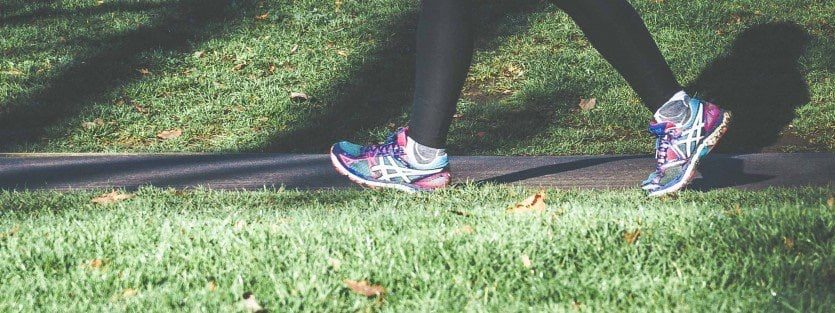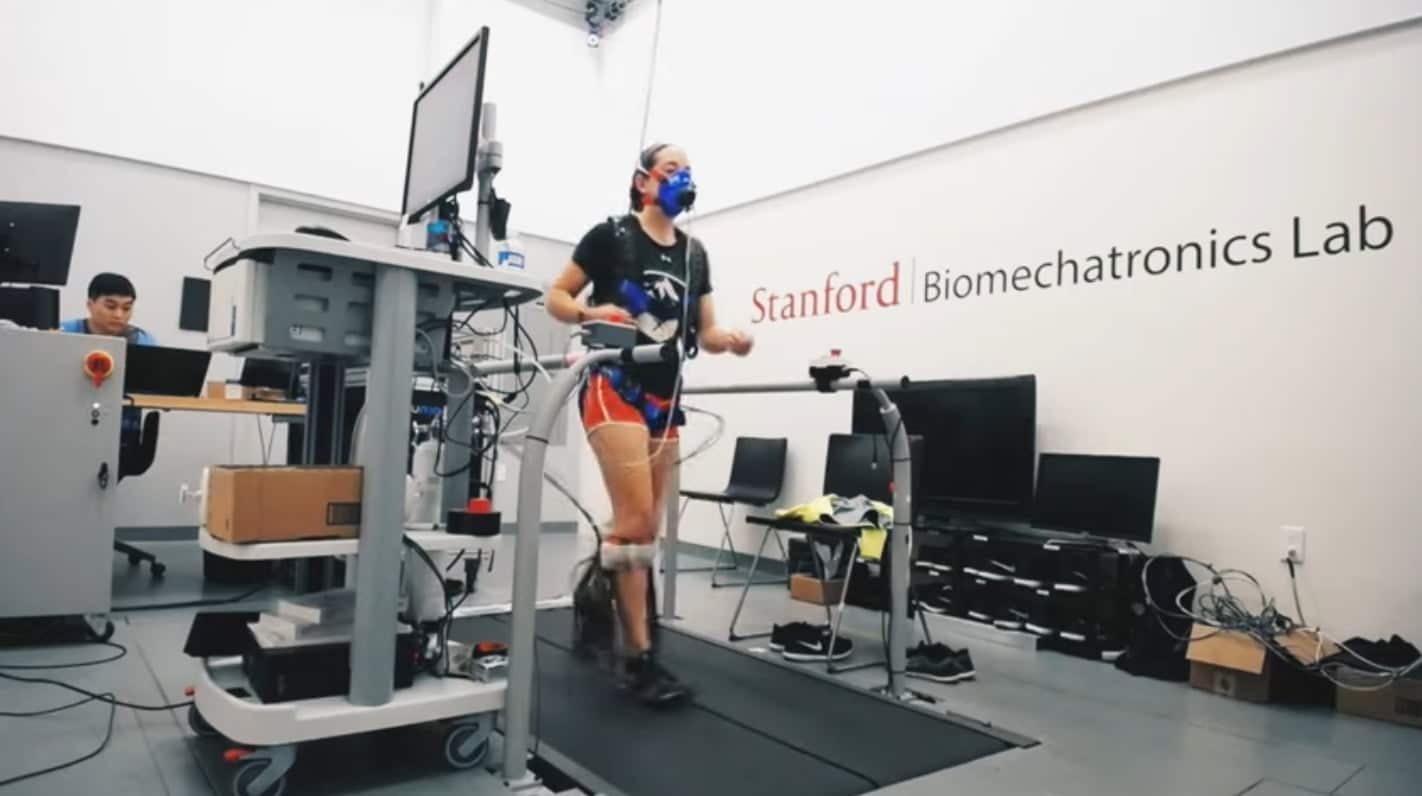The researchers of Stanford invented an ankle exoskeleton that increases walking speed by an average of 42%.
For a healthy adult, 5 kilometers per hour (3 miles per hour) is a comfortable walking speed. The elderly and those suffering from neuromuscular diseases tend to walk more slowly, however, and this can have a negative impact on their quality of life.
Sure, strength training increases walking speed by about 5%, but the Stanford team thought that a exoskeleton for the ankle it may be able to provide a more significant speed increase.
Robotic assistance
Exoskeletons are wearable devices that assist or augment the user's movements: some help people lift heavy objects more easily, others allow people with paralysis to walk upright.
Stanford's ankle exoskeleton wraps around a person's calf and connects to a running shoe.
A cable runs along the back of the device, and as a person walks, an external motor pulls this cable. This lifts the wearer's heel upwards as they push off the ground, providing a boost to help them walk.
The algorithm to enhance walking

Stanford also developed an algorithm to control the timing of this “jerk,” ensuring that it occurs in a pattern that would increase a person's preferred walking speed. Or? The speed chosen from time to time: it is not a "bite" on the ankle to go faster, but a "gentle" help.
To train the system, 10 young, healthy adults walked on a treadmill that automatically adjusted to the desired speed for about 2 hours. The algorithm made about 150 adjustments to the pair of exoskeletons (one at the ankle) for each person.
Participants walked an average of 42 percent faster while wearing the ankle exoskeleton than when walking in regular shoes.
The results? Surprising
“We hoped that we could increase walking speed with the assistance of the exoskeleton, but we were really surprised to find such a large improvement,” the senior author said in a press release SteveCollins.
40% more is a huge increase.
This study demonstrates that an ankle exoskeleton can significantly increase walking speed. The excellent results encourage to continue with the next test phase to be carried out outside the laboratory, in a real scenario.
The next steps (beautiful this one)
The researchers intend to first aim at making the prototype ankle exoskeleton more comfortable. Not only that, though.
Until now, the ankle exoskeleton has only been tested on young, healthy adults. It remains to be seen whether older people or those with mobility issues would also see the same 40% increase in walking speed.
However, among the objectives of the researchers, also a test phase with older adults. If the device worked, not only would seniors keep up with young, healthy adults, they could be even faster. At least of those who don't have an ankle exoskeleton themselves.
To know more: Stanford University announcement


